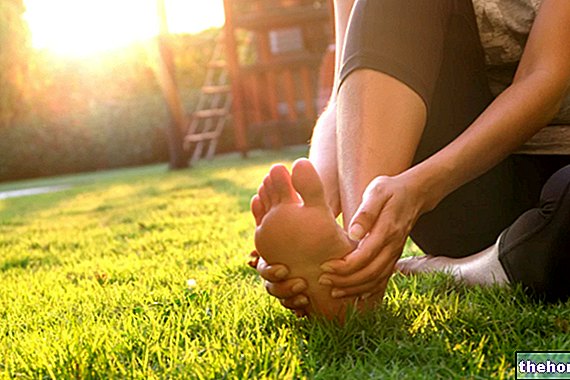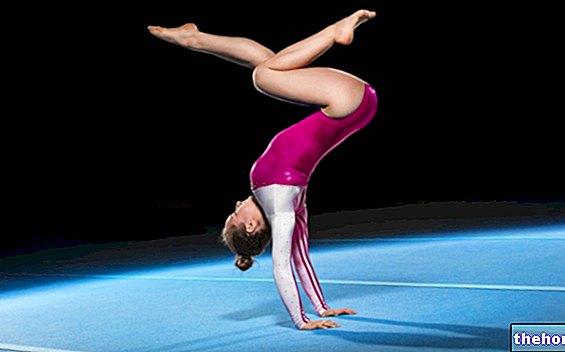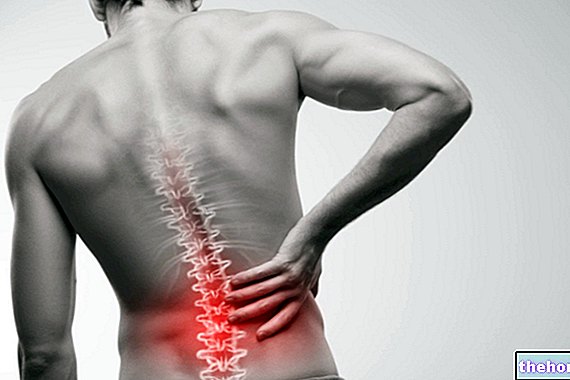The mechanisms that induce this fracture are linked to the practice of physical-sporting exercise and training.
Stress fractures are always the end point of an overload sequence, even if they are sometimes determined by random factors.
For runners, in 60-75% of cases, this phenomenon derives from errors, both related to intensity and volume of training, which prevent adequate recovery.
Wrong shoes, which cushion the shock in an insufficient way, used on rough and uneven ground, contribute to the triggering of pathologies for the lower limb.

These factors, coupled with phenomena of misalignment or biomechanical errors aggravate the predisposition.
For untrained runners there is an additional problem, which is represented by the muscular deficit of the lower limbs; this leads to a reduction in the absorption of impact forces by the soft tissues.
The overload on the tissues leads to a plastic deformation of the bone; the latter is a dynamic tissue that continuously molds itself in response to mechanical stress.
The processes involved in the modeling phase are resorption and proliferation.
A workload with adequate and balanced exercises leads to bone strengthening, to be considered important as prevention and treatment of osteoporosis.
Particular angular stresses seem to cause bone defects with consequent stress fractures; there are 2 theories regarding the random phenomenon.
- such an intense workout brings the muscles into a state of exhaustion (fatigue) in such a way that it does not help the skeleton to absorb the shock. The effort is fully discharged on the bone causing a fracture.
- the contracted muscles cause a gentle and progressive inclination of the bone. When the training is of high intensity, the ability of the bone to withstand stress over time is exceeded.
There are 4 types of fatigue fractures:
- oblique (the most common)
- in compression
- transverse (the most severe if there is a dislocation)
- longitudinal (the rarest).
Symptoms of Stress Fractures
In the first stage, the pain appears during sporting activity and disappears at rest.
In a second stage the pain continues for hours and often appears even at night.
Care and treatment
The treatment is surgical, in the case of danger of displacement (neck of the femur), otherwise the treatment involves rest for a variable period in relation to the affected bone segment. Rest should be understood as "active" and is associated with loaded and unloaded muscle exercises to inhibit the decay of muscle tone.
Edited by Dr. Mazzocchetti Tiziano























-nelle-carni-di-maiale.jpg)




